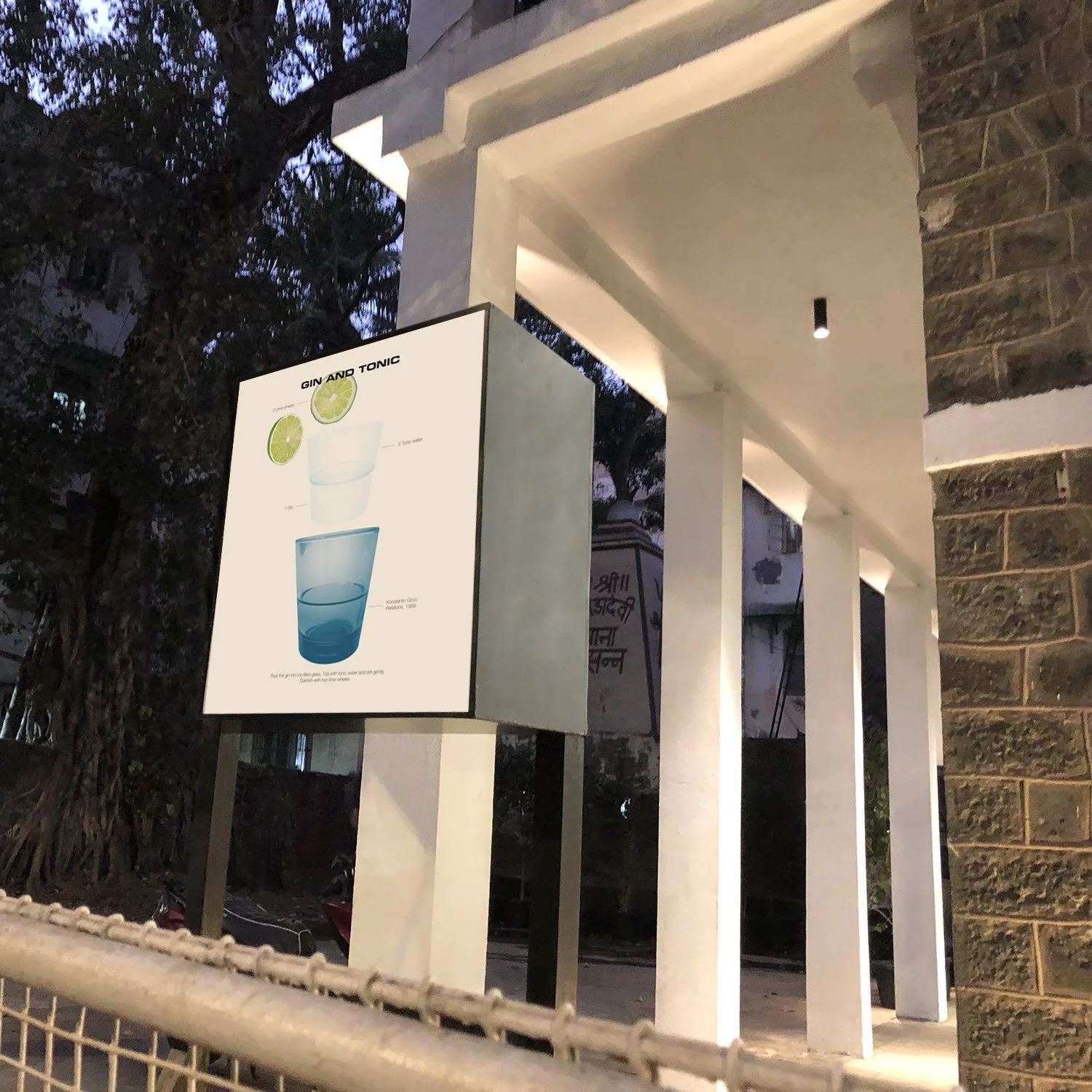As with many cocktails from the early 1900s there is not one, but several different origin stories. The Bee’s Knees is no different. In fact, even the origin of the name is up for debate. Either it’s just a nonsense expression like “the cat’s pajamas”. Or it derives from the word business. In the 1920s saying that something was “the bee’s knees” was short for exclaiming that it was “the business”, that is to say, something outstanding.
Possibly the cocktail was created by the Austrian Frank Meier, during the 1920s when he was the first head bartender at Cafe Parisian at the Ritz Hotel in Paris. During WWII and the German occupation of Paris Mr Meier kept the bar open but being half Jewish he started working with the French resistance and handed information about the Germans staying at the Ritz to British intelligence. He also helped Jewish hotel guests escape the Vichy government’s concentration camp roundups by providing them with fake documents.
The first time the cocktail was mentioned however was in a news article from 1929 where it was attributed to the American socialite Margaret Brown. The article was about women-only bars in Paris and Margaret Brown, being a wealthy widow shared her time between Denver and Paris where she was a frequent guest in said bars. On a side note Margaret Brown also went by her nickname “the Unsinkable Molly Brown” after being one of the 712 people surviving the Titanic in 1912.
Yet another background story is that the honey used in the Bee’s Knees was added since it is a great way to hide the harsh taste of cheap bathtub gin. Putting it all together Margaret Brown might have had the cocktail in an American speakeasy and brought the recipe to Paris where Frank Meier made it his own making all three origin stories true. But that, of course, is just mere speculation.
The glass was is designed by Astrid Luglio in 2023 and is called Travasi.















































































































